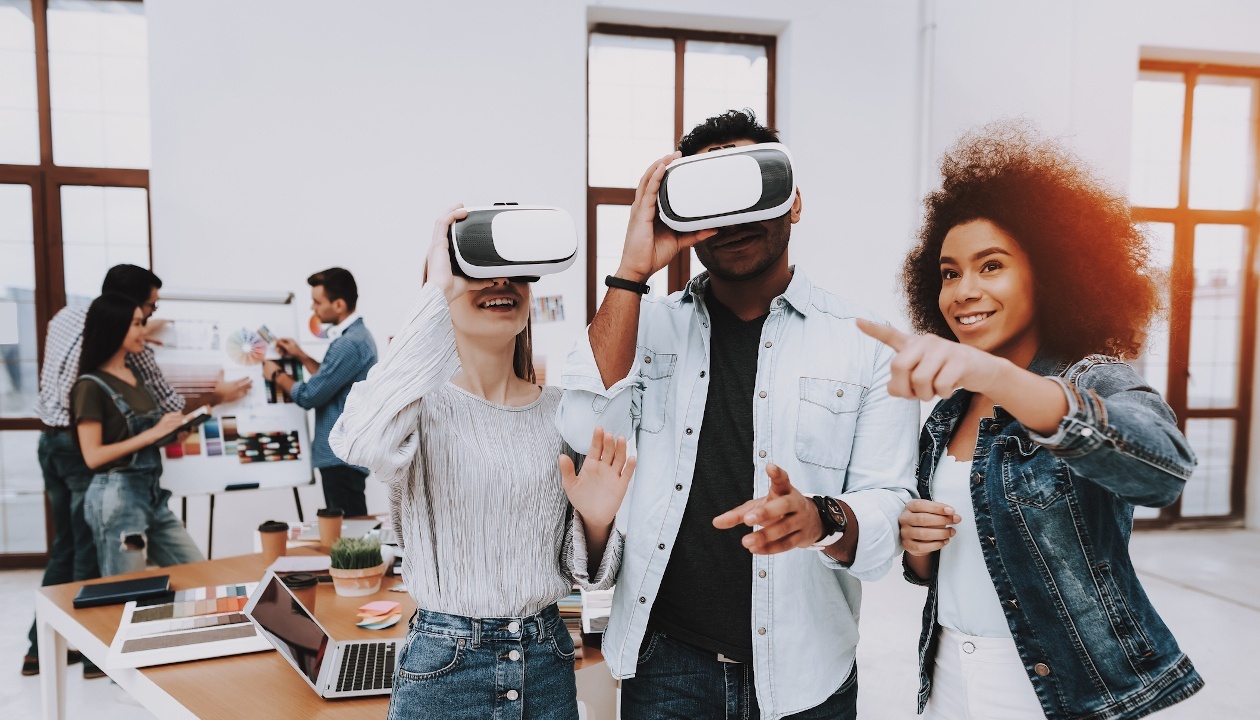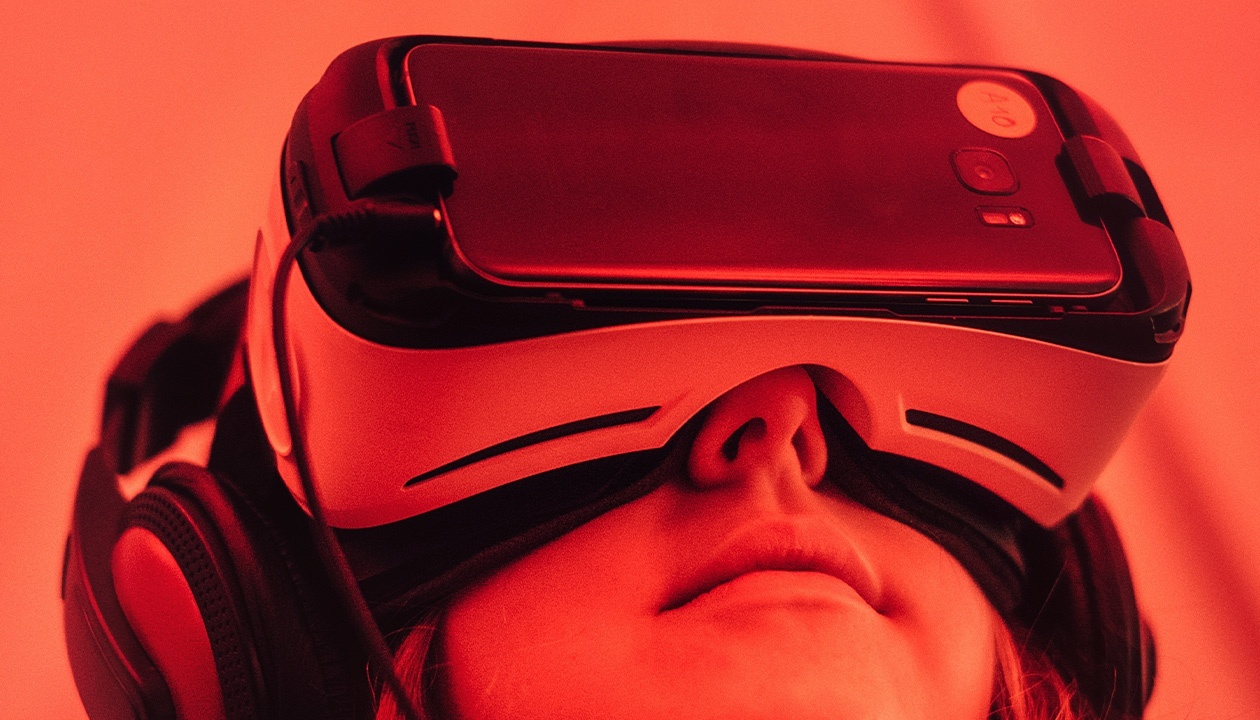In 1957 the filmmaker Morton Heilig invented the Sensorama. This machine was a booth with an awning and side panels that could hold one to four people. Heilig wanted to create an immersive 3D environment for viewers, which also included other sensory elements. In the Sensorama you could experience stereo sound, vibrations, smell and even wind. While a far cry from today’s advanced technology, the Sensorama was arguably the beginning of virtual reality (VR).
After decades of inventions and science fiction visions, architects, engineers, and construction industry professionals are now using VR more and more. Specifically, VR is starting to become a natural extension of BIM projects. The models generated by BIM processes, from 3D to 7D, lend themselves well to VR adaptation. Let’s take a look at how these two technologies contribute to an evolving methodology for BIM technicians and other professionals.
Review of BIM Data for VR Adaptation
BIM is known for connecting several types of data into a model that can be accessed by different team members working on a single project. Throughout your BIM technician career you will have the opportunity to work alongside a range of professionals in the architecture, engineering and construction industry.
The scope of BIM dimensions starts with 3D, which is a modelling of structures along with their mechanical, electrical and plumbing systems. A 4D model includes time, for example, the construction sequences. 5D includes budget and other financial information. 6D brings in predictions about energy consumption and performance. Finally, a 7D BIM model will include all of these things plus information about maintenance needs. With all of this information available it makes perfect sense to present the model through a VR experience.
Use Your BIM Technician Training for More Efficient Client Relations
A Dutch company called BIM Creators has already been using VR for a number of years to present projects to clients. The response from clients has been overwhelmingly positive, as they get to experience first-hand what a structure will look and feel like while it is still in the design stage. From their experiences it is clear there are many ways in which BIM technician training can combine with VR to improve the relationships between clients, designers, construction firms and engineers.

VR provides an experience beyond diagrams and photorealistic images
When BIM methodology is adapted into a VR experience clients can visualize the project more easily. They have the opportunity to give quality feedback based on a virtual walkthrough of the space before any construction begins. This means that the approval process will be faster and less expensive because the VR experience will give clients a better sense of what to expect before materials are ordered and construction sequences are confirmed.
Better Communication and More Accurate Assessments
Whether you have attended BIM College or not, it’s clear that VR serves as an extension of what BIM already does well by increasing its capabilities for connecting teams and enhancing communication. The same way VR can be used to make client relations more efficient, VR can be used to prepare building managers.
Using BIM methodology, the viability of a building can be tested and more accurate predictions about conditions can be made. This provides information building managers can now experience. As a result, they will gain a deeper understanding of how the plumbing, mechanical and electrical systems will need to be maintained over time through VR. Finally, an unprecedented benefit is that emergency routes can be tested more accurately with VR. As more firms engage with BIM and VR together, the benefits will only continue to grow.
Ready to make an investment in your future?
Your career awaits.



